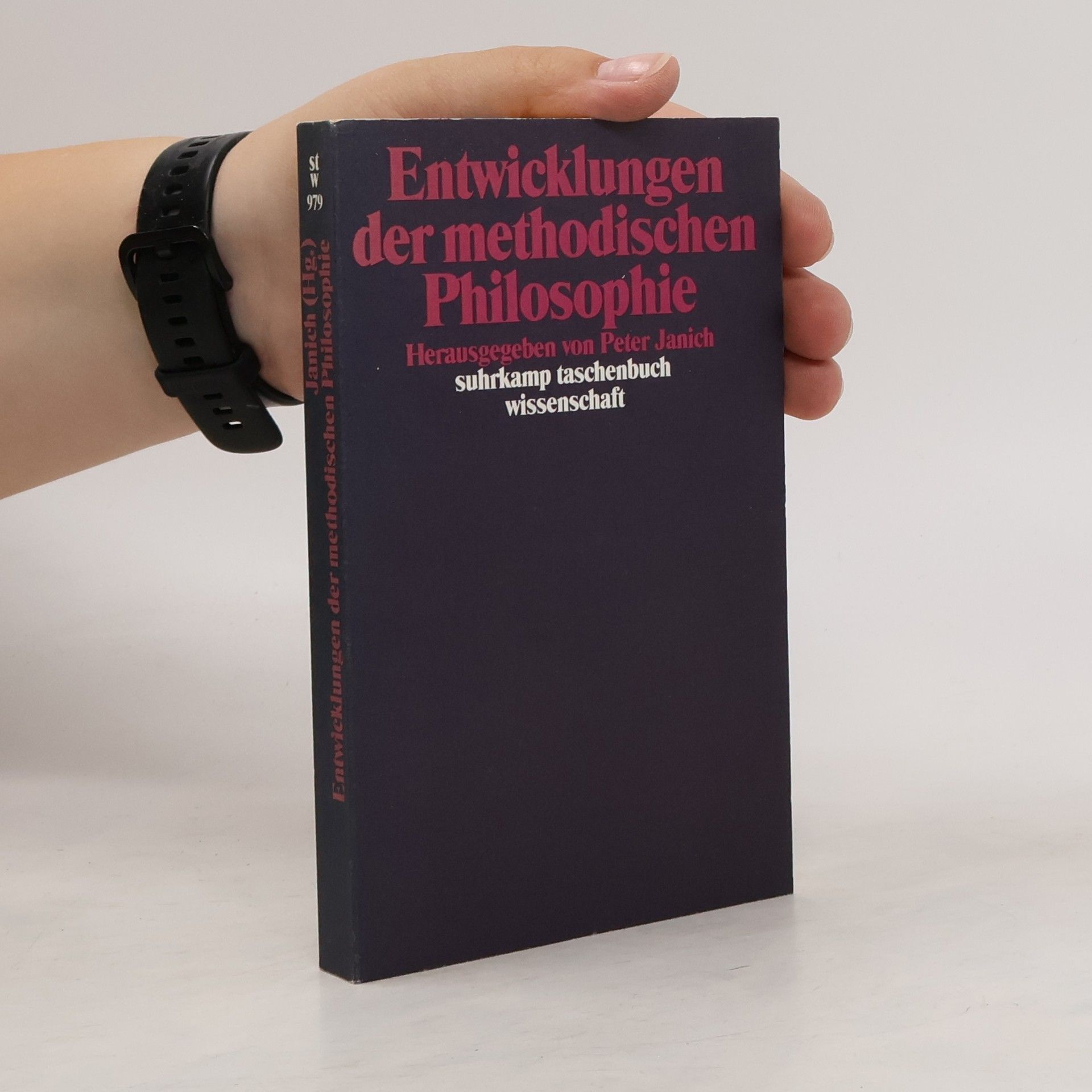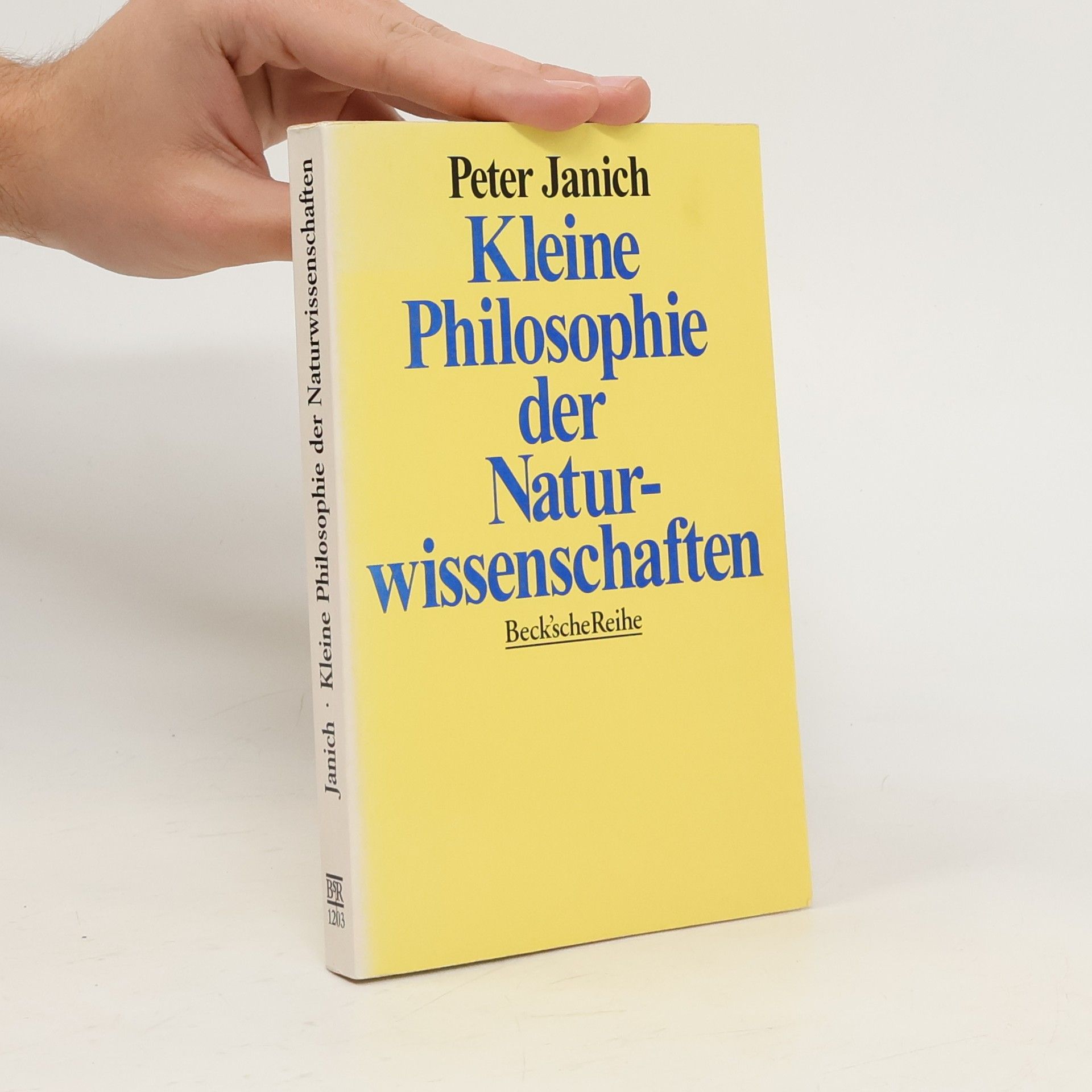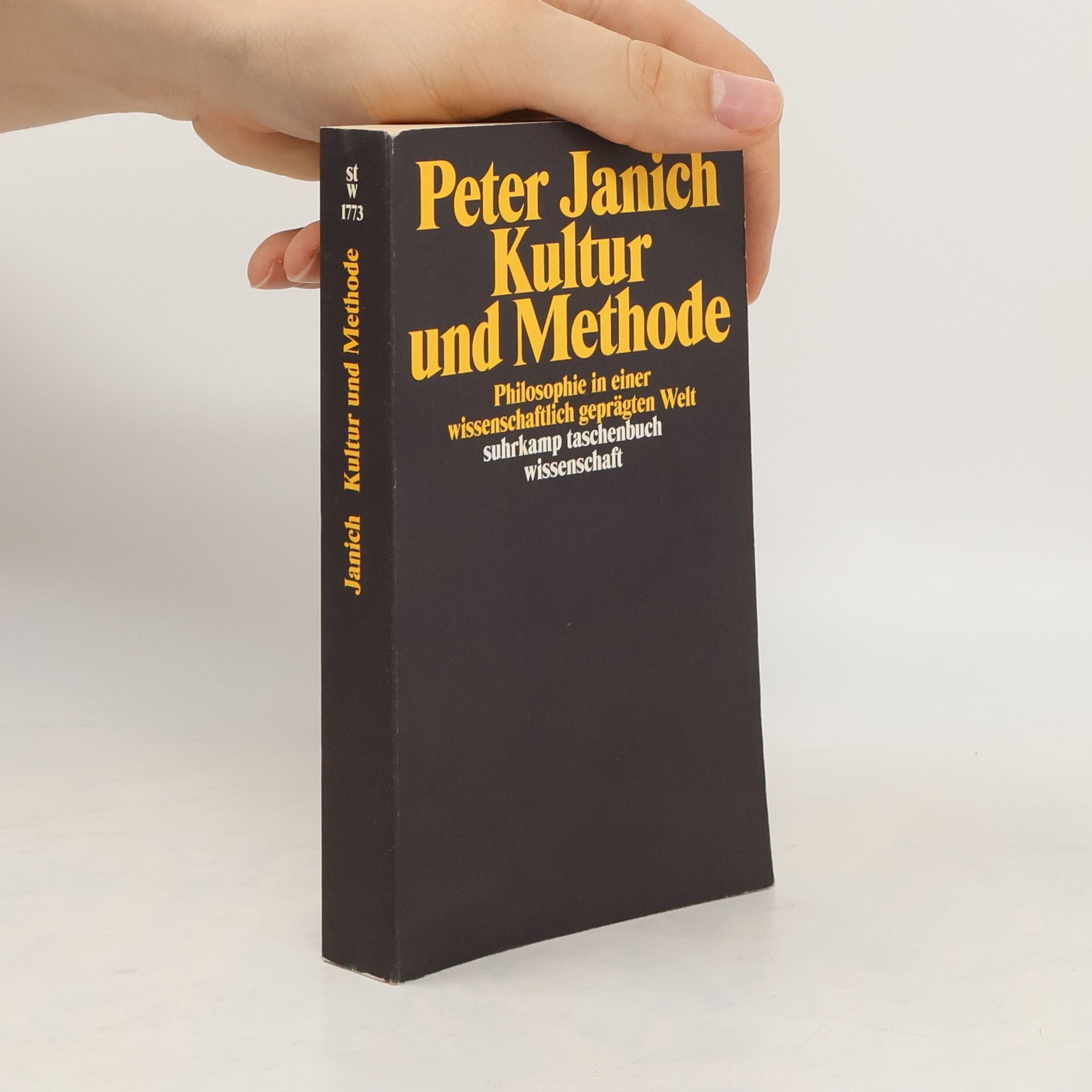Handwerk und Mundwerk
Über das Herstellen von Wissen






Über das Herstellen von Wissen
Seit Jahren tobt eine heftige Debatte zwischen »Humanisten« und »Naturalisten«: Während erstere auf der Sonderstellung des Menschen pochen, betrachten letztere ihn in der Tradition Darwins als ein Tier unter anderen. Die Naturalisten, so Peter Janich, verkennen dabei jedoch, daß unser Verständnis, nachdem nur Menschen, nicht aber Tiere und Naturgegenstände für ihr Handeln verantwortlich gemacht werden können, eine Errungenschaft der Aufklärung darstellt. Ausgehend von einer Lektüre der klassischen Texte Darwins plädiert er für einen präziseren Umgang mit Begriffen und die Klärung jener sprachlichen Praxis, im Zuge derer Menschen und Tieren bestimmte Eigenschaften zugeschrieben werden.
Die aktuelle Debatte über die Hirnforschung und deren Auswirkungen auf unser Menschenbild, die Gesetzgebung, das Rechtssystem, Erziehungsstile und Geschichtsverständnis ist oft von unreflektierter Sprache geprägt. Die Diskussion reicht von neurophysiologischen Begriffen bis hin zu populärphilosophischen Überlegungen zu Kognition, Willensfreiheit und Selbstbewusstsein. Dabei zeigen sich polemische Schärfe und begriffliche Oberflächlichkeit, die philosophisch durch Sprachkritik angegangen werden sollten. Die behandelten Fragen sind zwar keine reinen Sprachprobleme, doch ohne eine Klärung der sprachlichen Verhältnisse bleiben sie ungelöst. Dies betrifft nicht nur öffentliche Diskurse über Körper-Geist- oder Leib-Seele-Probleme, sondern auch die Ansprüche und Ergebnisse der Neurowissenschaft. Diese Fragen berühren unser traditionelles Menschenbild und unser Verständnis von Wissenschaft. Peter Janich analysiert die Verwendung oft unzureichend definierter Begriffe und untersucht „naturalistische“ Ansätze der Neurowissenschaft im Kontext einer kulturalistischen Theorie. Eine Wissenschaft, die das Subjekt leugnet, in deren Rahmen sie agiert, befindet sich in einem grundlegenden Widerspruch. Die Hirnforschung darf sich nicht in einen performativen Widerspruch verwickeln, da sie sich sonst selbst dementiert, indem sie den Menschen als Objekt beschreibt, wodurch er nicht mehr als Subjekt dieser Wissenschaft und Beschreibung fungieren ka
Philosophie in einer wissenschaftlich geprägten Welt
Philosophen haben seit den Anfängen der Philosophie im antiken Griechenland gefragt, was Erkenntnis ist. Dabei haben sie immer die Wissenschaften ihrer Zeit als Beispiel für Erkenntnisgewinn genommen. Seit sich die modernen Naturwissenschaften dem Menschen zugewandt haben, scheint der Vorgang des Erkennens ein Gegenstand naturwissenschaftlicher Forschung geworden zu sein. Das Buch zeigt auch für Laien verständlich, wie ”Erkenntnis” in die Zuständigkeit der Naturwissenschaften geraten ist, und welche Aufgabe dabei der Philosophie heute noch bleibt. Der Leser wird an das Selber-Philosophieren herangeführt, so daß er am Ende eine Erkenntnis vom Erkennen erworben hat.
Herausgegeben von Peter Janich
Methodische Philosophie , obgleich bis in Buchtitel hinein zu finden, ist bisher nicht als Schul- oder Positionsbezeichnung gebräuchlich. Wo Vertreter der methodischen Philosophie als solche identifiziert werden, spricht man vielmehr von Erlanger Schule oder von Konstruktivismus . Der vorliegende Band dokumentiert, wohin sich Vertreter methodischen Philosophierens entwickelt haben. Heterogenität ist für den Leser unschwer zu erkennen in zweifachem zum einen im Vergleich heutiger mit früheren Auffungen, zum anderen im Vergleich der heute vertretenen Auffungen untereinander. Aber sie findet eine Grenze darin, daß jedwedes Thema von jedweder Ausgangsposition Gegenstand der Debatte werden kann, für die Gemeinsamkeiten geblieben sind – eben die eines methodischen Philosophierens . Geblieben ist der Anspruch auf terminologische Nachvollziehbarkeit, auf das prinzipielle Recht, für jede These eine Begründung zu verlangen, und der Ernst, Philosophie nicht nur als konsequenzenloses Glasperlenspiel zu betreiben. Wirkungen auf die Philosophie selbst, auf die Fachwissenschaften, auf das politische Handeln und auf die Pflege des Verständnisses der eigenen Vergangenheit sind durchgängig spürbar.
Was können wir erkennen? Wie ist unser Erkenntnisvermögen beschaffen? Diese uralten Fragen haben im Verlauf der Philosophiegeschichte immer neue Antworten gefunden. Der deutsche Idealismus beispielsweise sprach dem Erkenntnisgegenstand unabhängig vom erkennenden Subjekt Existenz zu. Der Vorgang des Erkennens ist demnach eine Annäherung an vorgegebene "Wahrheiten". Einen ganz anderen Weg beschreitet Peter Janich: Er weist nach, wie die kulturbestimmten Gesetzmäßigkeiten menschlichen Handelns auch die Art des Erkennens prägen. Dies läßt sich in den wissenschaftlichen Einzeldisziplinen beobachten - von der Geometrie, Physik und Chemie über Biologie und Physiologie bis hin zu Psychologie und Informatik. So ist Janichs Darstellung der Erkenntnisgrundlagen zugleich ein Gang durch das breite Sprektrum der Wissenschaft